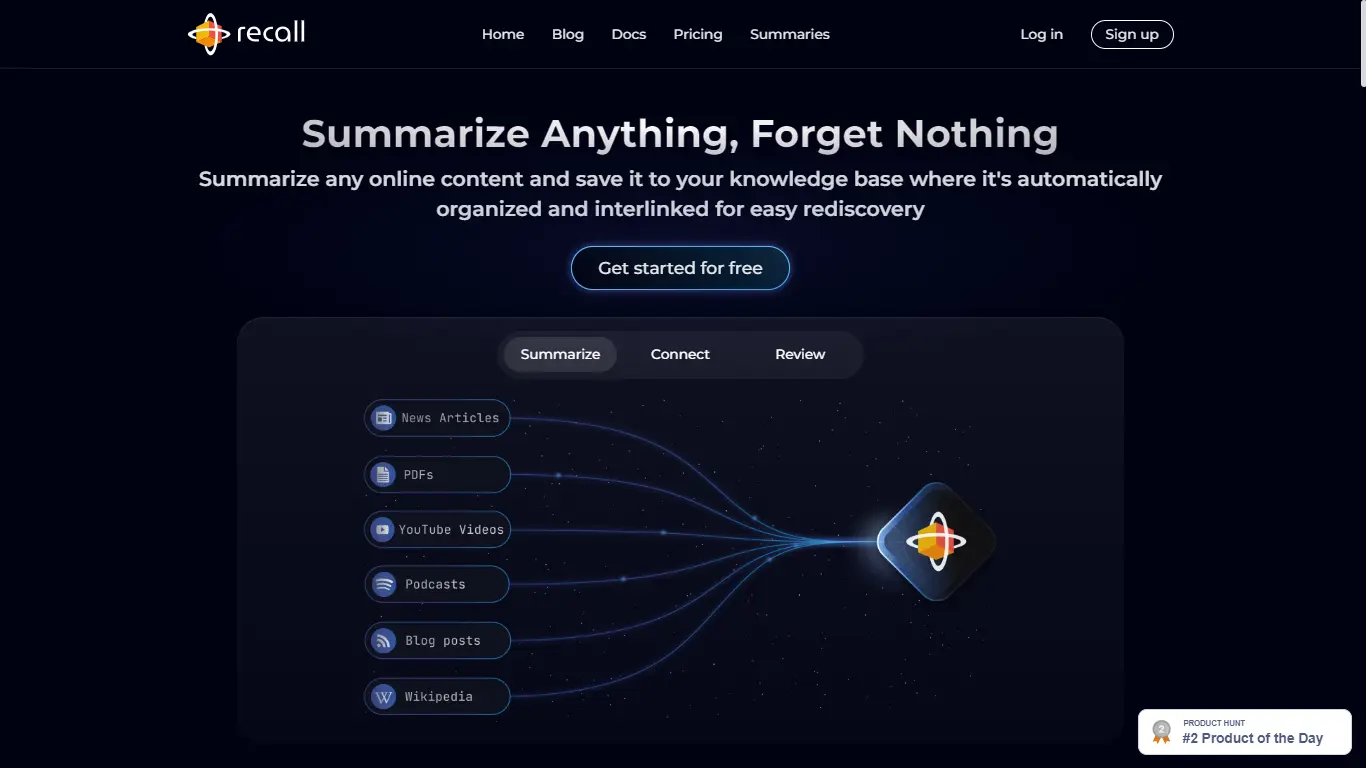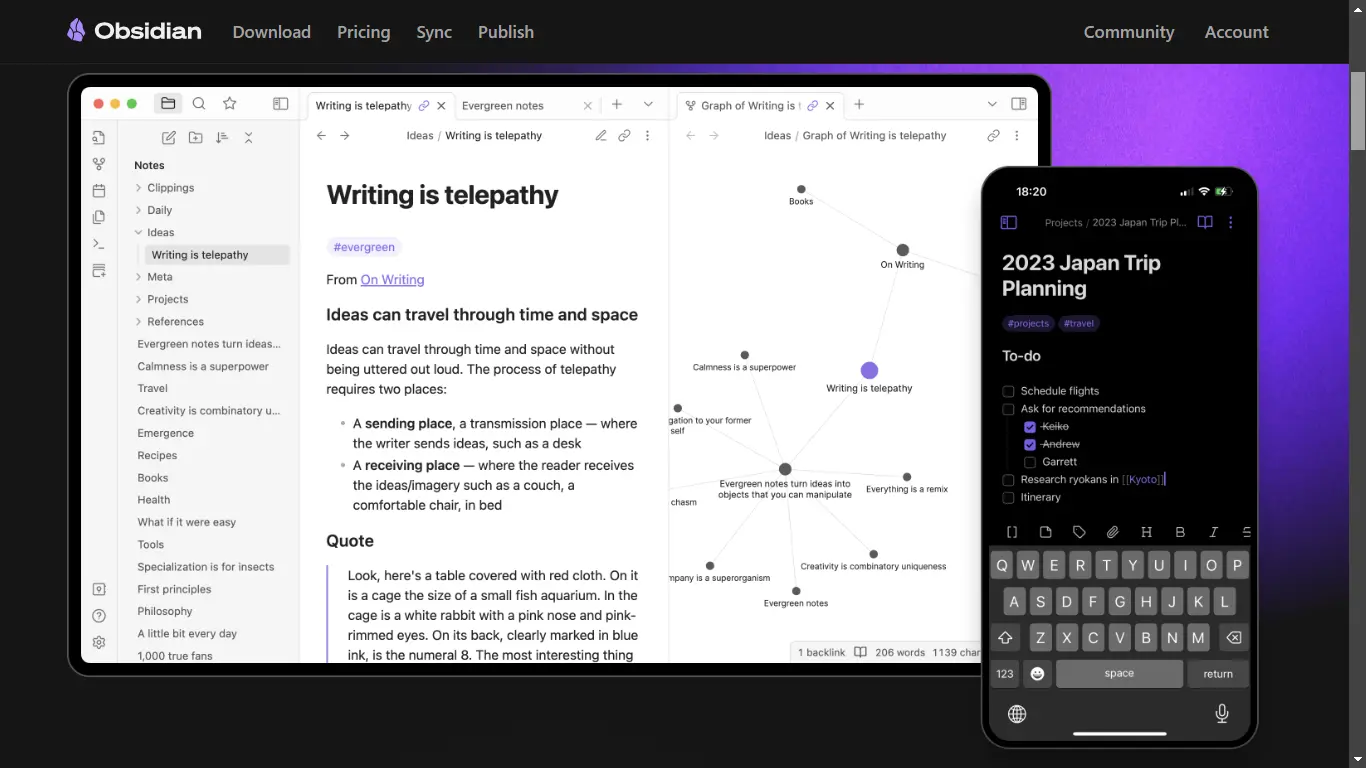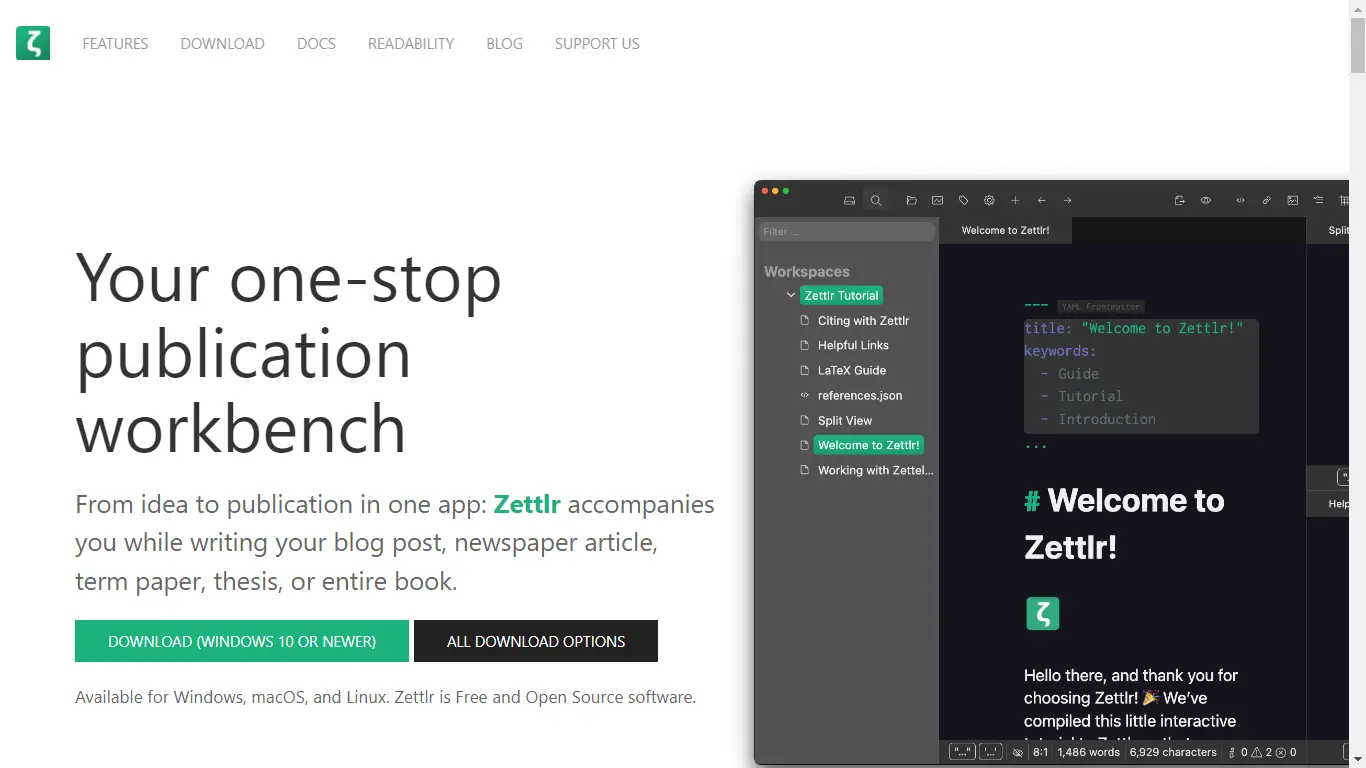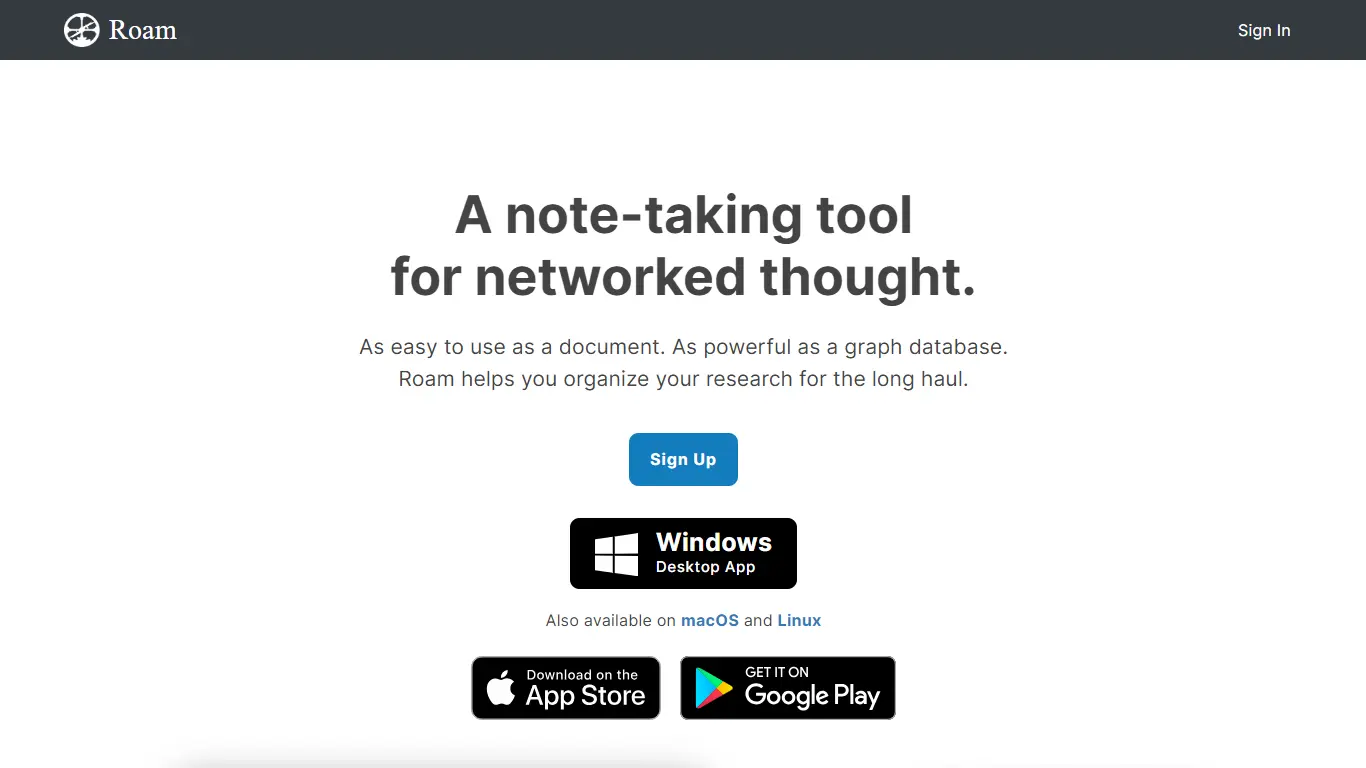Zettelkasten Method: How to Take Smart Notes
Published on September 11, 2024
by Sankari Nair
For anyone struggling with information overload and needing to organize and retain the information they care about—this is for you. It's the ultimate Zettelkasten guide, where we go deep into what the Zettelkasten method is, how it works, its benefits, and how to implement Zettelkasten into your workflow using existing AI tools.

Despite spending hours meticulously crafting, curating, and organizing my notes, I still found myself navigating a maze when I needed to look back and find previously saved notes.
Frustrated and close to giving up, I realized that I was not alone.
In fact, not only was I not alone, but this problem has been one that people have been pondering over since the 20th century! That's right - the very first note taking methodology was introduced by Antonin Sertillanges' book The Intellectual Life (1921) outlines in Chapter 7 a version of the card-file method. Indeed, I went very, very deep, and I am delighted to share that after my rabbit hole, I have emerged with clarity.
Introducing a simple guide to the Zettelkasten method!
Developed by Niklas Luhmann, the German sociologist and philosopher, the term "Zettelkasten" translates to "slipbox" or "card index" in English, referring to the collection of small paper slips Luhmann used to organize his thoughts.
His approach moved away from organizing notes in a strict hierarchy (which does not scale and quickly becomes unmaintainable) and moved toward a knowledge graph, focused on forming links between related content—mirroring the way the human brain thinks and makes connections.
His Zettelkasten method became popular through his own success—enabling him to write over 70 books and hundreds of papers during his lifetime. If you are a student, researcher, writer, productivity enthusiast, or anyone whose job involves creating notes and keeping them organized—then read on as I reveal how the Zettelkasten method can be adapted to fit your workflow.
What is the Zettelkasten Method?
There are a few key principles to the Zettelkasten method, and understanding each of them and adapting them to your workflow is critical to making the Zettelkasten method work for you.
- Each Zettelkasten note is "Atomic," i.e., it contains one idea or piece of information.
- Each Zettelkasten note has a unique identifier.
- Zettelkasten notes link together in a knowledge graph.
- Zettelkasten notes are organically organized, moving away from strict hierarchy and toward natural clusters that emerge as more notes are added.
1. Each Zettelkasten note is "Atomic," i.e., it contains one idea or piece of information.
There is just one idea, one fact, or one concept in a Zettelkasten note. This prevents clutter and ensures clarity.
- An atomic Zettelkasten note is concise, focused, and easy to link to other notes.
- An atomic Zettelkasten note is granular. The content is small and manageable.
- An atomic Zettelkasten note is self-contained, so you can understand the idea without needing extensive context or explanations.
- An atomic Zettelkasten note can be interconnected. So while each note is independent, atomic notes can be linked to other notes to form a web of knowledge or knowledge graph.
- An atomic Zettelkasten note is evergreen, designed to have longevity and reusability.
To help this stick, think of non-atomic notes as having multiple concepts, examples, or explanations lumped together. They are complex and harder to manage. See below for an example of atomic Zettelkasten notes versus non-atomic notes. I have highlighted in red what makes a note non-atomic.
| Topic | Atomic Zettelkasten Note Example | Non-Atomic Note Example | Why it is Non-Atomic |
|---|---|---|---|
| The Theory of Evolution | Natural selection is a process where organisms better adapted to their environment tend to survive and produce more offspring. | Natural selection is a process where organisms better adapted to their environment tend to survive and produce more offspring. This is one of the mechanisms driving evolution, alongside genetic drift, gene flow, and mutation. | This should be 5 separate notes as it covers 5 separate topics. |
| The Concept of Opportunity Cost and its Applications | Opportunity cost refers to the value of the next best alternative that must be forgone when making a decision. | Opportunity cost refers to the value of the next best alternative that must be forgone when making a decision. For instance, if you choose to invest in stocks instead of bonds, the opportunity cost is the potential return you could have earned from bonds. | This should be 2 separate notes as the example introduces a different concept. |
| Physics: Laws of Motion and Gravity | Gravity is the force that attracts two bodies toward each other, with a force proportional to their masses and inversely proportional to the square of the distance between them. | Newton's first law states that an object at rest will remain at rest unless acted upon by an external force. Similarly, Newton's law of gravity states that the force of gravity is proportional to the mass of the objects and inversely proportional to the square of the distance between them. | These are 2 different laws. |
2. Each Zettelkasten note has a unique identifier.
In the Zettelkasten system, a unique identifier is a label or code assigned to each note that distinguishes it from all others. In the original Zettelkasten systems, this identifier could be a number or combination of letters and numbers. Today, in a digital Zettelkasten system, the identifier would likely be automatically generated, such as a timestamp or an alphanumeric code.
This principle avoids duplication and ensures easy retrieval when looking for a note again.
3. Zettelkasten notes link together in a knowledge graph.
This really is the core principle behind the Zettelkasten method. Notes are connected, not grouped. Instead of grouping them by topic, you link related ideas together. This creates a web of interconnected thoughts, similar to how the brain forms connections or how a detective solves a crime using a pinboard. It is typically visualized as a network of nodes (Zettelkasten notes) connected by edges (representing the links between notes).
There are a few characteristics of a knowledge graph that make them so powerful.
- Knowledge Graphs have semantic representation: They represent meaning and not just a typical data structure. This meaning is created by the links between notes.
- Knowledge Graphs enable seamless integration: By interconnecting data, they allow for the integration of diverse data sources and connections between pieces of information.
- Knowledge Graphs scale. The web structure enables dynamic growth. Knowledge graphs can continuously grow and evolve as more information is added and new relationships are discovered.
4. Organic organization
When the three elements above come into play—atomic notes, unique identifiers, and a knowledge graph—we unveil a new form of organization. One that moves away from a strict hierarchy (e.g., folders or categories) and instead develops an organic form of categorization. As more notes are added, we see natural clusters of related topics emerge.
How to Implement the Zettelkasten Method
As this method will adapt depending on your workflow and note-taking tool of choice, I will keep this section as simple as I can.
Creation: Add Zettelkasten Notes
Ensuring they are atomic can be annoying. If you enjoy splitting your notes into atomic pieces, then by all means, go for it. If you find this too time-consuming, there are tools that will do this for you automatically. This is something that Recall is particularly good at—automatically extracting and enabling you to create atomic notes.
Curation: Unique Identifiers
This is, once again, something that is pretty much automated with every digital tool out there. Whether it's a naming method or a timestamp, your notes need to be kept unique.
Connection: Build Your Zettelkasten Knowledge Graph
Doing this without a digital method seems impossible to me. Kudos to our main man Niklas for his commitment! For the rest of us, the concept of the knowledge graph only became popularized and accessible through the development of tools like Roam and Obsidian. However, with what is now possible with automated knowledge graphs like the one in Recall, these methods have a steep learning curve and are time-consuming.
Curiosity: Review, Customize, and Build Upon Your Knowledge
Once you have kicked off your Zettelkasten method, the true beauty is in the review. Carving out some luxurious time to review your notes and expand on them to spark ideas, creativity, and further knowledge growth is the true power of this method—and what ultimately led to the success of Niklas!
If you are not yet convinced, let's do a quick overview of the pros and cons of the Zettelkasten method.
Pros and Cons of the Zettelkasten Method
| Pros | Cons |
|---|---|
| Unlock Creativity: Leads to the discovery of new insights and connections between seemingly unrelated topics, fostering creativity. | Steep Learning Curve: Understanding the nuances of the method may not interest non-passionate note-takers. However, AI tools like Recall can automate many steps, saving time and reducing maintenance challenges. |
| Better Retention & Active Learning: Breaking down complex information into small, digestible bits and linking it to past information enhances memory retention and reinforces active recall and spaced repetition. | No Centralized Structure: The non-hierarchical nature can be uncomfortable for users accustomed to structured systems, especially conventional folder-based methods or tags. |
| Scaled Organization: Can grow endlessly as your knowledge base expands, making it particularly useful for long-term projects, research, or learning by allowing you to build on past ideas. | Tool Dependency: While possible with pen and paper, most users prefer digital tools like Recall, Obsidian, Roam Research, or Notion to manage large-scale Zettelkastens. |
Tools to Implement the Zettelkasten Method Into Your Workflow
The Zettelkasten method is an excellent system for organizing information, which can then be retrieved anytime you need it. However, setting up the method and creating a structure that suits you best can be complex. Fortunately, AI tools are making this easier. After testing over 15 networked note-taking apps to integrate the Zettelkasten method into your workflow, here are the top 4 picks.
#1 Recall

Recall is a powerful AI tool that automates the Zettelkasten system.
Here's how it works:
- Automated Summaries: Recall summarizes any online content, such as YouTube videos, PDFs, Wikipedia articles, news, and blogs.
- A Self-Organizing Knowledge Graph: The summaries are automatically saved in a knowledge graph, automating the most tedious part of the Zettelkasten method for you! Each summary includes key mentions extracted from the video, PDF, or web page. Recall uses these key mentions to automatically find connections with the saved content, interlinking your notes—often the most challenging part of the Zettelkasten method. You can easily find connections with past content, helping you resurface related information faster and more efficiently.
- Automatic Categorization: Each summary also receives a tag, automatically categorizing the content based on the topic. This way, Recall gives you the best of both worlds—a hierarchy system combined with a knowledge graph.
- Personalized Learning Schedule: This is what makes Recall stand out from the rest. While the Zettelkasten method supports active learning, Recall enhances this through the Recall Review feature, which uses spaced repetition to create a personalized learning schedule tailored to your learning curve.
#2 Obsidian

Obsidian aims to be a database that organizes notes with knowledge graphs, links, and plugins. The core idea is that you'll create new notes and then link back to them in other documents. This eventually creates a knowledge web and a visual graph you can easily browse anytime.
#3 Zettlr

If you are willing to create your own Zettelkasten and don't mind investing extra time in setting up the method, you may consider Zettlr. It's free and open-source software that provides first-class support for creating Zettelkasten. It supports internal wiki-style links, note IDs, related files, and a graph view for quickly accessing the information.
#4 Roam Research

Roam Research is another note-taking tool where all the captured knowledge interconnects. Each note in Roam Research represents a node in a dynamic network where you can remix and connect different ideas. As more information is added to Roam Research, it builds connections between ideas from different pages using bidirectional links.
Conclusion
I can confidently say that the Zettelkasten method is a powerful note-taking option for those looking to create well-organized notes and connect the information with previously stored data. It's useful for combining ideas in new ways and forming connections between different pieces of information.
As you build Zettels, this approach allows you to find and retrieve information anytime. Many AI tools, such as Recall, Obsidian, Roam, and Zettlr, can help you integrate the Zettelkasten method into your workflow and boost productivity.